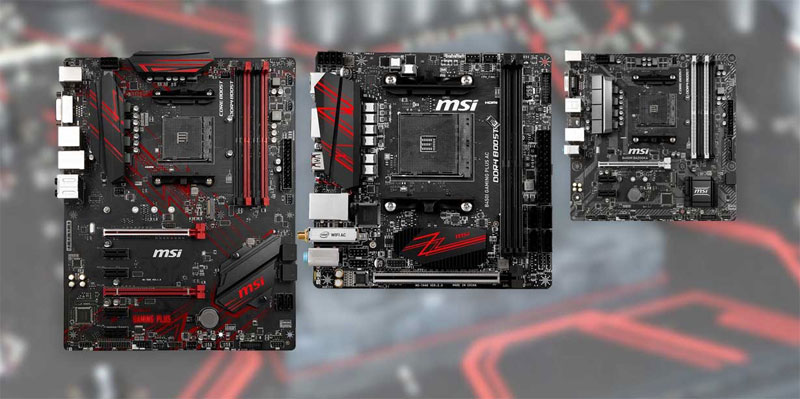
Mini-ITX vs ATX: Choosing the Right Motherboard Size
Introduction: When building or upgrading a PC, one of the most important decisions you need to make is choosing the motherboard size. Two common form factors are Mini-ITX and ATX, each with their own advantages and limitations. In this article, we'll compare Mini-ITX and ATX motherboards to help you choose the right size for your needs.
Mini-ITX motherboards:
-
Compact Size: Mini-ITX motherboards are the smallest consumer motherboards in the form factor. They are ideal for compact PCs, including Mini-ITX cases and small form factor (SFF) systems.
-
Space Saving: Mini-ITX motherboards take up little space, making them suitable for HTPCs (Home Theater PCs), media centers and small gaming setups.
-
Portable: Mini-ITX systems are highly portable, making them suitable for LAN parties or gaming on the go.
-
Limitations: Due to their small size, Mini-ITX motherboards often have fewer RAM slots, PCIe slots, and SATA ports compared to larger form factors. Overclocking support may also be limited.
-
Cooling Issues: Cooling can be challenging in Mini-ITX cases due to limited space for large CPU coolers and fans.
-
Use Cases: Mini-ITX motherboards are great for budget gaming builds, HTPCs, and scenarios where space and portability are critical.
ATX motherboards:
-
Standard size: ATX motherboards are standard size for desktop PCs. They strike a balance between functionality and expandability.
-
Expandability: ATX motherboards typically have more RAM slots, PCIe slots, and SATA ports, allowing for more extensive component configurations and upgrades.
-
Overclocking support: Many ATX motherboards offer strong overclocking support with advanced BIOS options and improved thermal management.
-
Cooling Options: ATX cases provide plenty of room for large CPU coolers, multiple fans, and liquid cooling setups for efficient cooling.
-
Usage Cases: ATX motherboards are suitable for gaming, content creation, workstation building, and enthusiasts who require high performance and expandability.
Choosing the right size:
-
Space: Consider the available physical space for your PC build. If you have a compact case or limited desk space, Mini-ITX may be a better choice. For larger installations, ATX provides greater flexibility.
-
Performance: Assess your performance requirements. If you plan to use multiple graphics cards, require extensive storage or advanced overclocking capabilities, ATX offers more options.
-
Budget: Mini-ITX motherboards can cost more due to their compact design. ATX motherboards often provide the best value for money in terms of features and expandability.
-
Portable: If portability is critical, Mini-ITX is the way to go. It's ideal for local parties or if you need a compact system for travel.
-
Future updates: Consider your update plans for the future. If you plan to add new components over time, an ATX motherboard may be a better choice.
Bottom Line: Choosing between Mini-ITX and ATX motherboards depends on your specific needs and priorities. Mini-ITX is ideal for compact and portable devices, while ATX offers more features, expandability, and performance. Carefully evaluate your build requirements to make an informed decision that fits your PC goals and budget.






